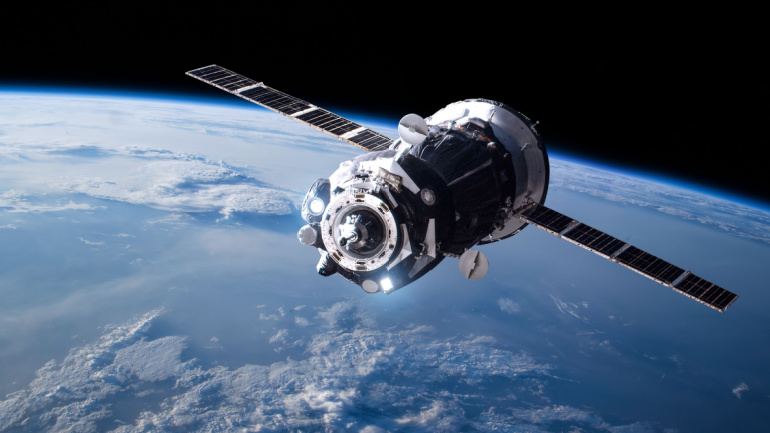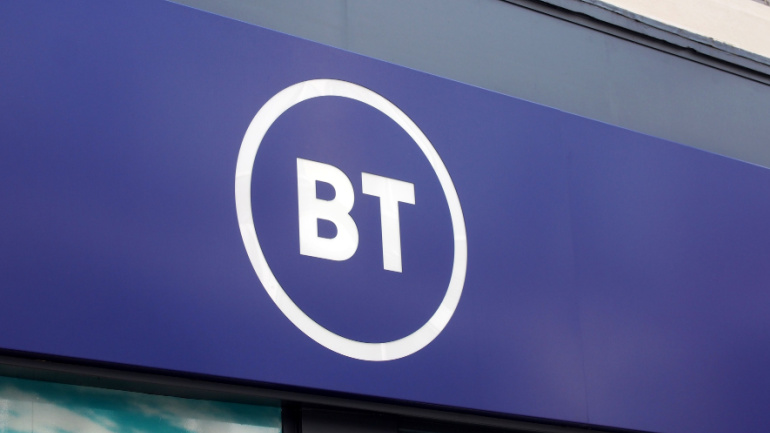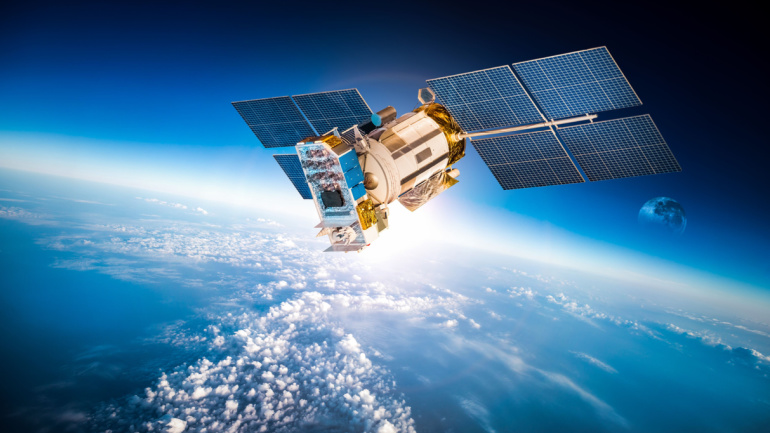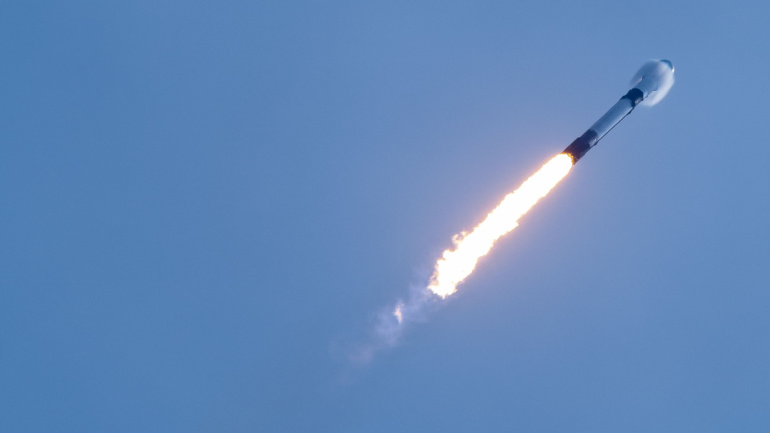Filtronic, a UK-based manufacturer of RF, microwave, and mmWave components, projects substantial growth in both revenue and earnings for its recently concluded financial year, driven by its involvement in the low-Earth orbit (LEO) satellite market and sales to Elon Musk’s SpaceX. The company forecasts an EBITDA of £4.8 million for the year ending May, marking a notable increase from the £1.3 million recorded in fiscal 2023.
Amazon’s Project Kuiper has entered into an agreement to offer low Earth orbit (LEO) satellite services across seven Latin American countries. This distribution deal with Vrio, the parent company of DirecTV Latin America and Sky Brasil, will see high-speed Internet services provided to Argentina, Brazil, Chile, Uruguay, Peru, Ecuador, and Colombia.
Intelsat has announced the expansion of its partnership with Eutelsat through a significant $500 million agreement over seven years, aiming to capitalize on the burgeoning opportunities in the multi-orbit space sector. This collaboration will integrate Eutelsat’s OneWeb Low Earth Orbit (LEO) network, which it has owned for six months, with Intelsat’s existing geostationary orbit (GEO) and terrestrial networks. The goal is to enhance the range of services Intelsat can offer by leveraging these combined space assets.
In an ambitious move to enhance mobile connectivity across Japan, Rakuten Mobile has announced its plan to offer satellite-to-mobile services by 2026, partnering with AST SpaceMobile. This initiative aims to leverage AST SpaceMobile’s space-based cellular broadband network, enabling direct access to smartphones for text messaging, voice, and data services.
BT’s recent talks with SpaceX to leverage Starlink’s LEO satellite fleet for remote connectivity in the UK has sparked curiosity, especially given BT’s current partnership with OneWeb, Starlink’s competition. It’s speculated that Starlink’s innovative direct-to-device capabilities, which promise unblemished global coverage without a need for a terminal, could be the allure.
OneWeb’s constellation of low Earth orbit (LEO) satellites will enhance network coverage for Softbank, particularly in challenging regions. The move aligns with Softbank’s ‘Ubiquitous Network’ strategy, which unifies diverse non-terrestrial network (NTN) solutions to expand digital services. Besides its surprise partnership with SpaceX’s Starlink, Softbank continues to boost its stake in OneWeb, supporting its Japanese launch and integration into the Ubiquitous Network.
Amazon’s Project Kuiper and Vodafone join forces to bolster 4G and 5G availability in Europe and Africa using cost-effective low Earth orbit (LEO) satellites. This partnership aims to connect distant cellular antennas to core networks, enabling telecom services without relying on intricate fibre-based systems. With a larger goal of bridging the digital divide, the collaboration also plans to offer backup services for disruptions and connect distant infrastructure.
Delving into satellite technology, Telefónica forms a strategic alliance with Starlink to enhance global connectivity, specifically targeting rural and hard-to-reach regions. With initial implementation in Mexico, this high-speed internet service is set to expand to five more markets, indicating a promising shift in accessible global digital inclusion. But is this the harbinger of a new connectivity era or just a companion to existing solutions?
The UK government’s ambitious Connectivity in Low Earth Orbit (CLEO) initiative aims to propel satellite communications development, backed by a sum of £160 million. With a main focus on Low Earth Orbit (LEO) satellite constellations, this programme holds potential to bridge the digital divide and boost economical growth. This initiative, however, still awaits the green light through regular approval processes.
Elon Musk’s ambitious plans to bring Starlink to India face challenges amidst spectrum policy clashes with local telecom operators. As the competition heats up in India’s satellite communication space, the sector’s future remains a hot topic.













